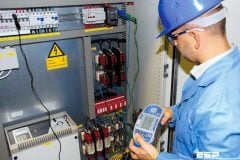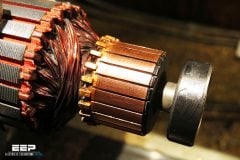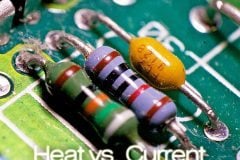
To determine the power available at a site, head and flow measurements must be taken. Flow is the rate at which water moves, measured in liters per minute (I/m) or gallons per minute (gpm). This can be measured by channeling the water into a pipeline, then into a container of a known volume, noting the time it takes to do so.
Head can be measured by using a transit, by siting along a level, or by using a pressure gauge at the end of the pipeline.
It is important to keep in mind that output can only be accurately determined if head and flow measurements are made correctly, so care should be taken during this process.
1.) Approximate power available at any given site can be assessed using the formula:
head (feet) x flow (gpm) / 8 — Watts
e.g., 100 feet x 30 gpm / 8 = 375 Watts
or
head (m) x flow (l/m) / 10 = Watts
e.g., 30 m x 120 I/m / 10 = 360 Watts
2.) Before considering the purchase of a Stream Engine, perform the above estimate. If it is determined that your site is viable, contact your dealer to discuss pipelines, transmission distance, and system voltage. Power from the Stream Engine is limited according to the available head.
At about 7.5 metre (25 feet), output is limited to 500 watts, 15 metre (50 feet) to 750 watts, and at a 30 metre (100 feet) head, 1000 watts can be generated, given adequate flow.
3.) The length, diameter, and type of pipeline must be determined in order to predict losses due to friction.
4.) Many factors affect system voltage including output and transmission distance. Power is usually generated at battery voltage, but where transmission distances are too great for low voltage transmission (12, 24, or 48 V), higher voltages can be generated and transformers can be effectively used to step down to battery voltage.











we can caculate power available at site by using the formula Head x Flow, but how we are going to design the penstock pipe for the Micro Hydro System
If the wattage is dependent on head x flow, why there is a limit on the wattage vs. head even if the flow is abundant?